Paul Signac: The Master of Pointillism
A self-taught painter and non-conformist, Signac also worked alongside Georges Seurat to develop the Neo-Impressionist movement Pointillism near the end of the 19th century.
At the age of 16, Paul Signac attended the fourth Parisian exhibition of Impressionist painters at the Avenue de l'Opéra in 1879. Although still a teenager, after discovering the works of Gustave Caillebotte, Mary Cassatt, Edgar Dégas and Claude Monet, he decided that he wanted to become an artist. His father had recently passed away, and although his mother had wanted him to pursue architecture, she did not oppose Signac when he left high school to follow his new dream.
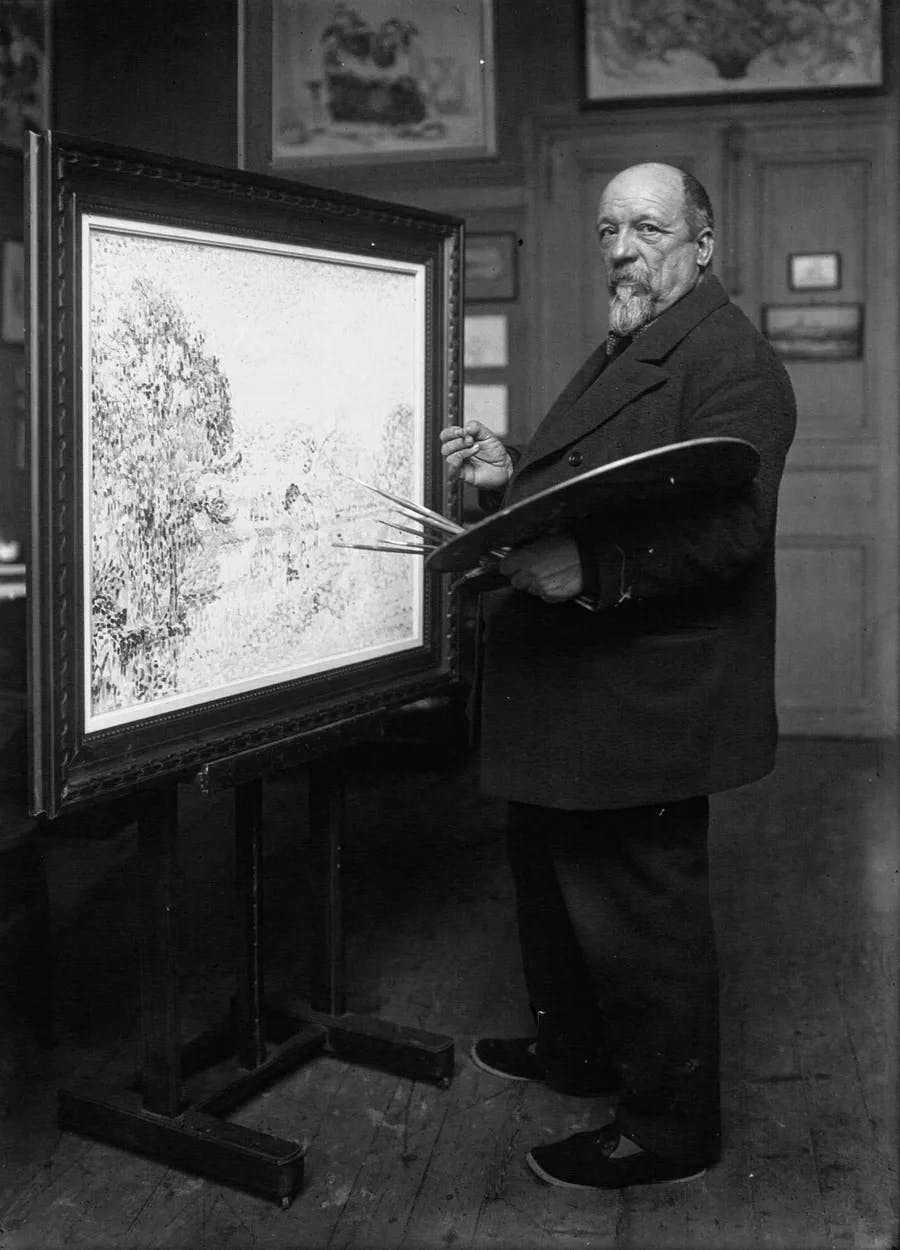
As was customary at the time, Signac rented a studio in Montmartre. He trained with Emile Blin and met the color merchant Julien François Tanguy, then continued practicing alone in the studio on rue Constance, copying and learning from the Impressionist greats. He sought advice from both Édouard Manet and Monet, and found lasting friendship in each. The Impressionist influence can be felt in Signac’s early works (and he even married Berthe Roblès, cousin of Camille Pissarro, in 1892), but it was meeting Georges Seurat in 1884 that decided his career.
Related: Pierre-Auguste Renoir: Joie de Vivre on the Canvas

Attuned to Seurat’s systematic methods and color theory, Signac gave up his short brushstrokes in favor of the pointillism technique invented by Seurat. That July, the two artists founded the Société des Artistes Indépendants, which organized the eponymous salon.
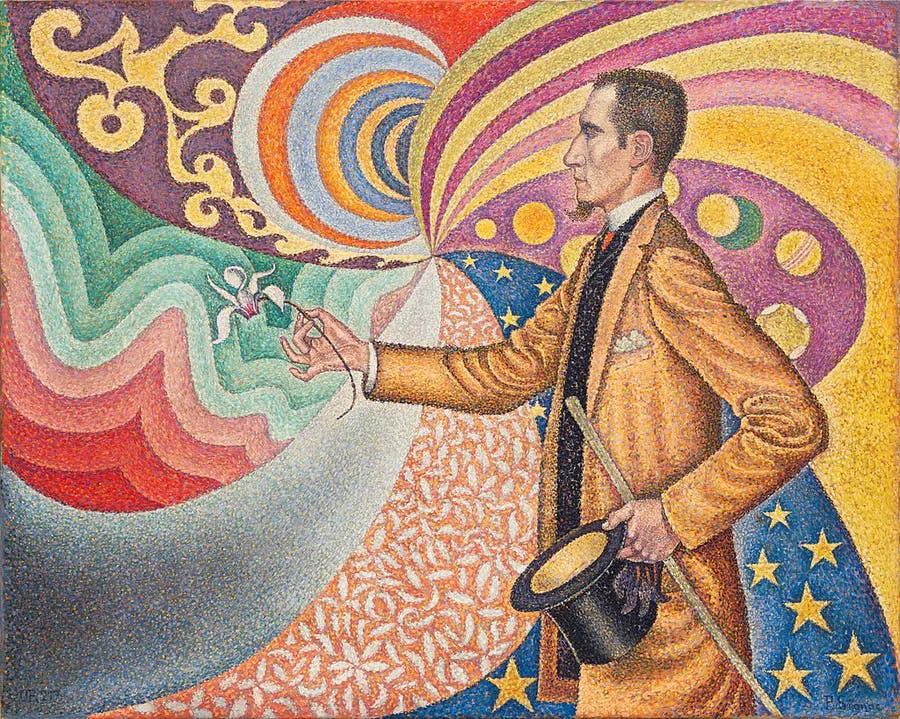
At Berthe Morisot's invitation, Signac participated in the eighth and final Impressionist exhibition, which took place from May 15 to June 15, 1886, at the Maison Dorée. That same year, in Paris, he met Vincent Van Gogh, with whom he regularly went to Asnières in the following months to paint water landscapes and coffee scenes on the banks of the Seine.
Related: The Dramatic Events Surrounding Van Gogh's Sunflowers
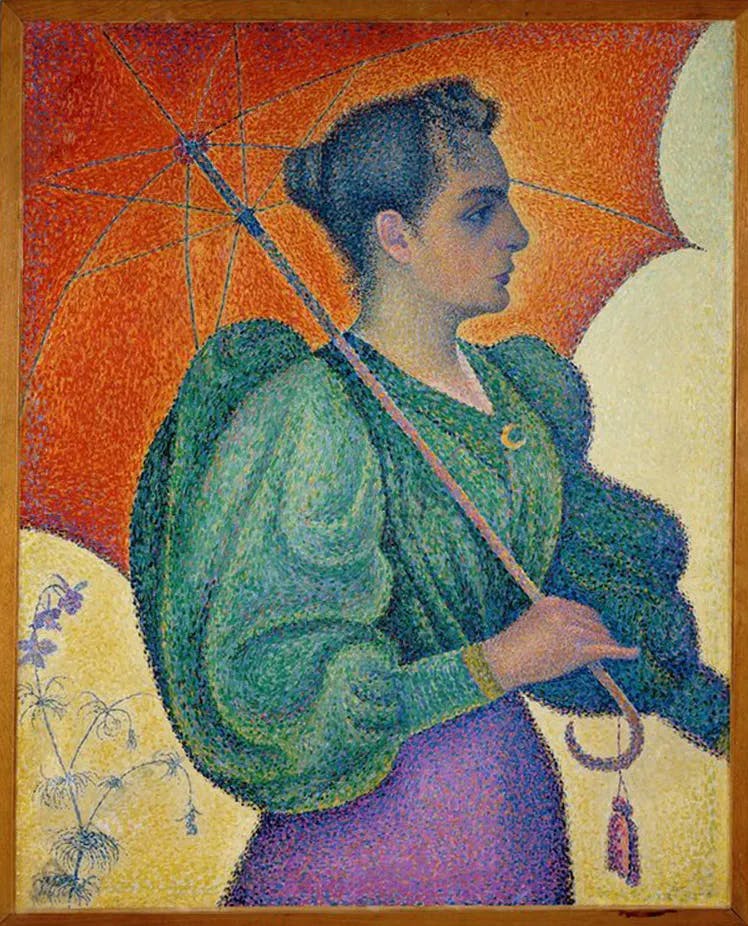
Signac’s companionship with Seurat lasted until the latter’s death, just seven years after their fateful meeting, and Signac organized the posthumous exhibitions of his ‘master’ in Brussels and Paris in 1892. Beyond the homage, he continued to champion the Neo-Impressionists, theorizing their movements and tracing the group back to Delacroix, the ‘père des coloristes’ (father of colorists). Around this time, Signac discovered Saint-Tropez, and fell under the spell of this jewel of the Côte-d'Azur.
Related: How Cubism Changed the World
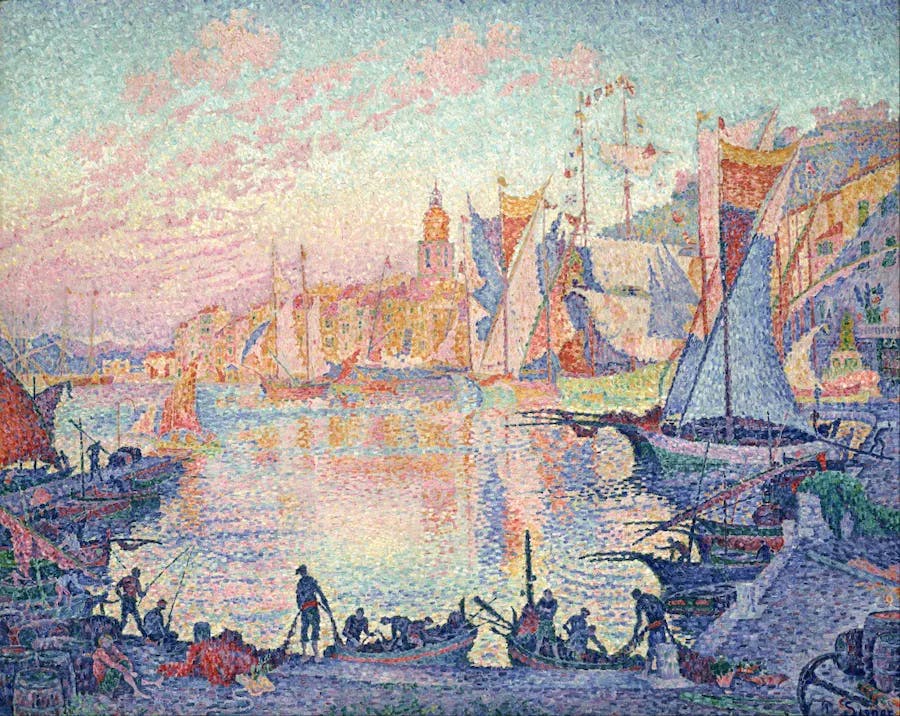
Five years later, Signac acquired the ‘La Hune’ villa, where major painters of the turn of the century, such as Maurice Denis and the Nabis, Matisse and the Fauvists, came as if on pilgrimage. He was truly passionate about the arts as he once said that “Art is a creation of a higher order than a copy of nature which is governed by chance…” In the Mediterranean, he devoted himself to sailing and watercolor. Already close to the Symbolist literary movement, he soon took up the anarchist cause, supporting them financially as well as collaborating on Jean Grave's publications and Emile Pouget’s Almanac of Père Peinard.
Related: 8 Artists Inspired by the South of the France
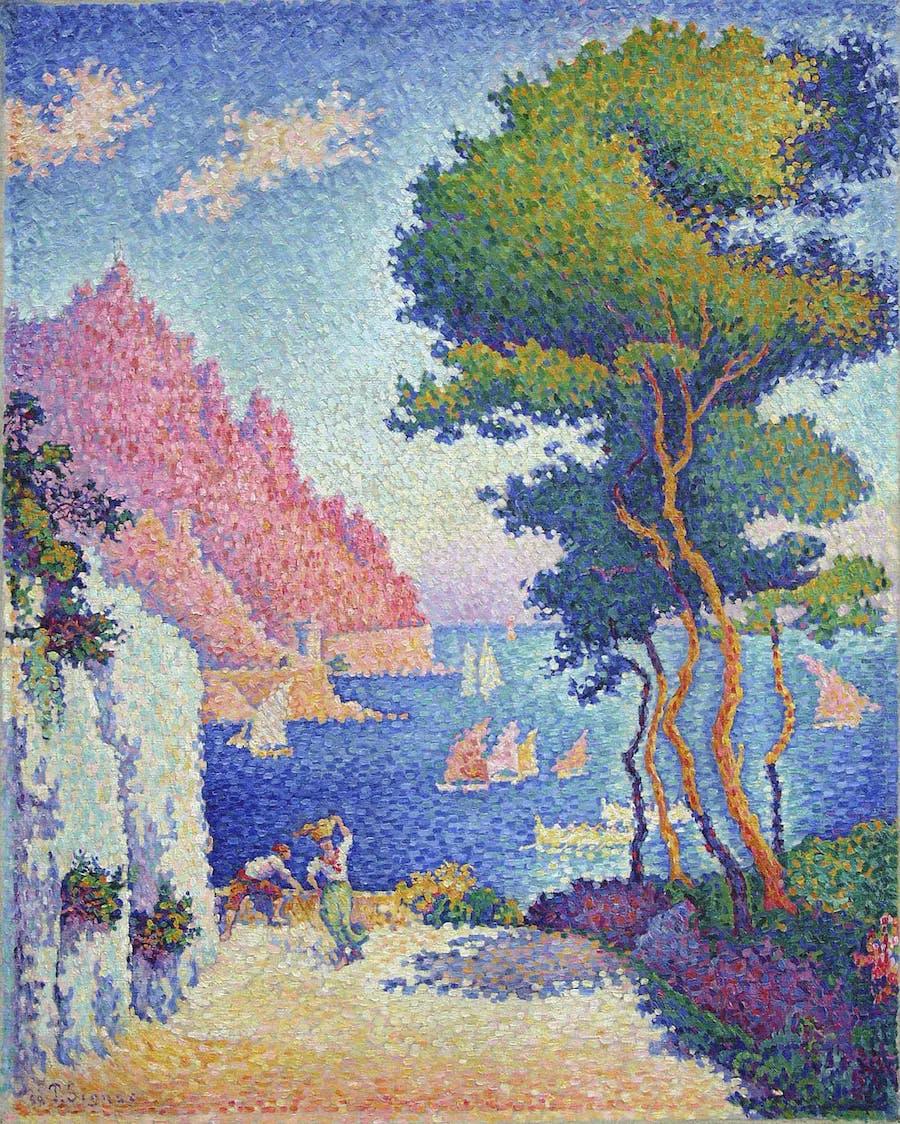
In 1915, Signac became an official painter of the Navy and turned from painting just the French coast to coasts all over the world. The same year, his daughter Ginette was born, from his relationship with student-turned-partner Jeanne Selmersheim-Desgrange. Signac adopted the previously illegitimate Ginette in 1927 and made her his sole heir the next year. The painter died of sepsis on August 15, 1935 at the age of 72, and his ashes were buried in Paris.

A great theorist, Signac left a large body of work, exhibited in museums worldwide but only rarely appearing on the art market. When pieces do come up, though, they do incredibly well – in 2019, his painting Le Port au Soleil Couchant (1892) sold for $25.5 million at Christie's in New York, a fitting sum for one of the fathers of Pointillism.


